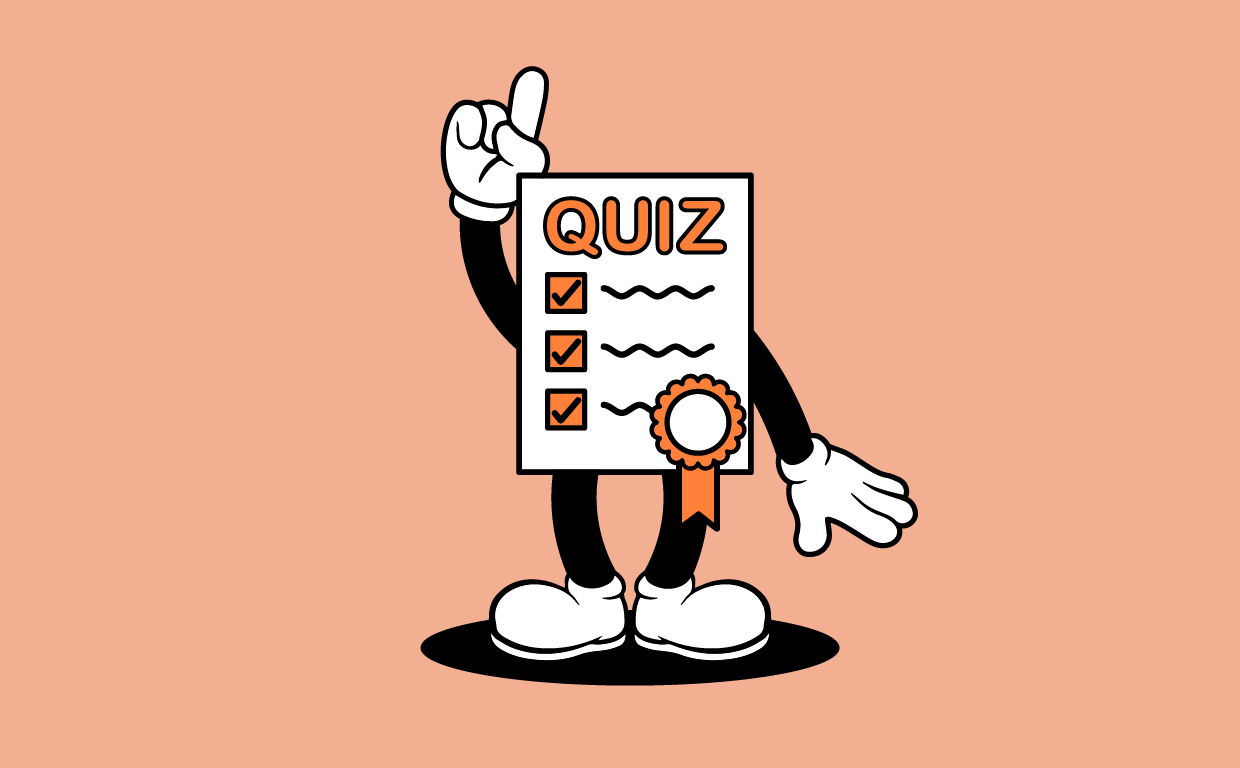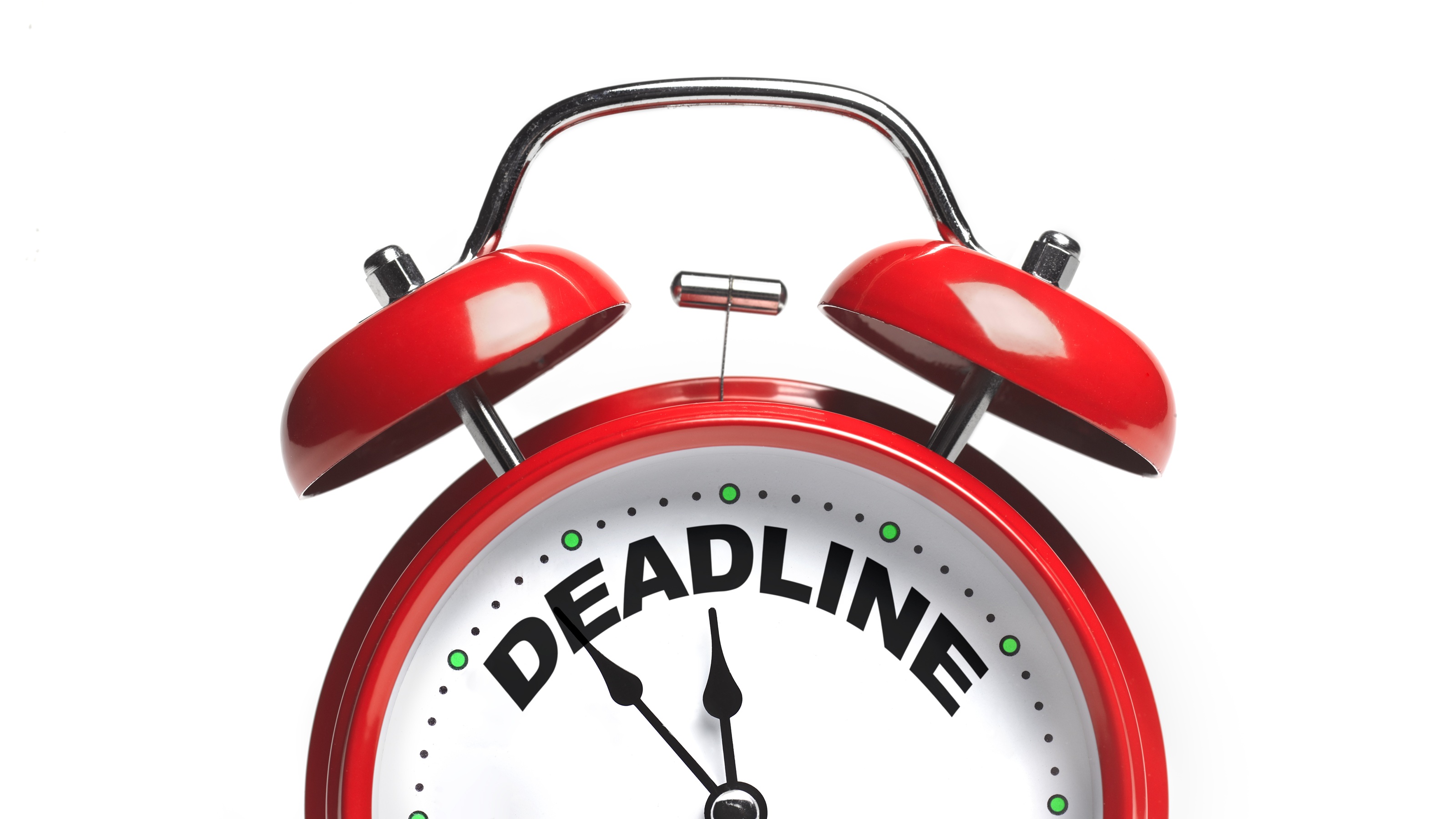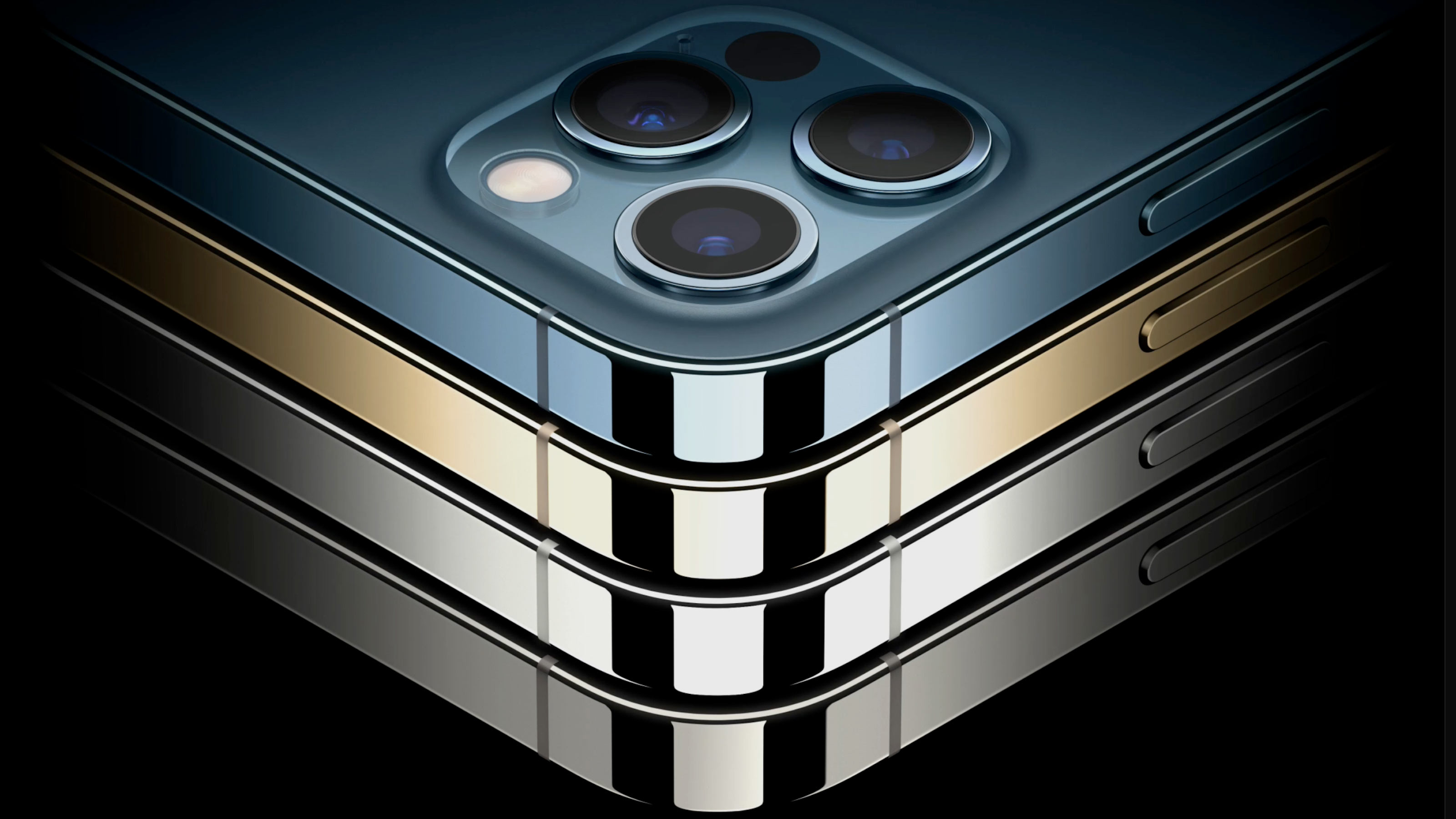New Phones Get All the Hype, but Consumers Still Love Old Models
Even as flashy AI features drive sales of new smartphones, used phones continue to fetch big bucks as demand outstrips supply.


To help you understand what is going on in the tech sector our highly experienced Kiplinger Letter team will keep you abreast of the latest developments and forecasts (Get a free issue of The Kiplinger Letter or subscribe). You'll get all the latest news first by subscribing, but we will publish many (but not all) of the forecasts a few days afterward online. Here’s the latest…
If you’re shopping for a used smartphone, you may be in for sticker shock. Used phones are hot commodities.
“There are multiple tailwinds driving this business,” says Sean Cleland, head of mobile division at B-Stock, an online overstock marketplace that deals with big volumes of used phones. Cleland points to consumers holding onto older phones longer, fewer trade-ins and a lack of compelling new features on the latest models. There are signs many buyers have been waiting for Apple’s latest iPhone 16 and other new phones with new artificial intelligence features, such as summarizing emails, generating text and creating images.
From just $107.88 $24.99 for Kiplinger Personal Finance
Become a smarter, better informed investor. Subscribe from just $107.88 $24.99, plus get up to 4 Special Issues

Sign up for Kiplinger’s Free Newsletters
Profit and prosper with the best of expert advice on investing, taxes, retirement, personal finance and more - straight to your e-mail.
Profit and prosper with the best of expert advice - straight to your e-mail.
Consider the iPhone 15 Pro Max, released September 2023. It still maintains 90% of the original retail price on the secondary market for end buyers, according to B-Stock. Apple’s iPhones are particularly good at holding onto their value because of regular software updates, rugged design and quality hardware. That means they last longer, receive new features via software updates and continue to have strong security.
Rising prices for new phones have also spiked demand for older models. It varies a lot by model and age, but used phones run about $300, on average. That’s a steep discount from nearly $1,000 or more for new, high-end devices.
High prices for refurbished models have prompted carriers and phonemakers to work harder to get people to trade in old models, which can then be sold in the U.S. or overseas through brick-and-mortar and online outlets, such as Amazon, eBay and Best Buy.
This year’s strong smartphone sales could help a little by bringing more supply to the refurbished market. Worldwide smartphone shipments are set to rise nearly 6% this year, according to tech market research company IDC. Apple is hoping its newest model scores outsized sales, based on the fact that 300 million iPhone users haven’t upgraded their phones in four years according to Wedbush Securities.
Some solace to frugal shoppers who may grimace at the elevated prices of used phones: “When you get something that’s preowned, it's a darned good device,” says Cleland. From trusted sellers, devices are cleared of data, tested, fixed (if necessary), cleaned and can last for years.
This forecast first appeared in The Kiplinger Letter, which has been running since 1923 and is a collection of concise weekly forecasts on business and economic trends, as well as what to expect from Washington, to help you understand what’s coming up to make the most of your investments and your money. Subscribe to The Kiplinger Letter.
Profit and prosper with the best of Kiplinger's advice on investing, taxes, retirement, personal finance and much more. Delivered daily. Enter your email in the box and click Sign Me Up.

John Miley is a Senior Associate Editor at The Kiplinger Letter. He mainly covers AI, technology, telecom and education, but will jump on other business topics as needed. In his role, he provides timely forecasts about emerging technologies, business trends and government regulations. He also edits stories for the weekly publication and has written and edited email newsletters.
He holds a BA from Bates College and a master’s degree in magazine journalism from Northwestern University, where he specialized in business reporting. An avid runner and a former decathlete, he has written about fitness and competed in triathlons.
-
 Original Medicare vs Medicare Advantage Quiz: Which is Right for You?
Original Medicare vs Medicare Advantage Quiz: Which is Right for You?Quiz Take this quick quiz to discover your "Medicare Personality Type" and learn whether you are a Traditionalist, or a Bundler.
-
 Ask the Editor: Capital Gains and Tax Planning
Ask the Editor: Capital Gains and Tax PlanningAsk the Editor In this week's Ask the Editor Q&A, Joy Taylor answers questions on capital gains tax rates and end-of-year tax planning
-
 Time Is Running Out to Make the Best Tax Moves for 2025
Time Is Running Out to Make the Best Tax Moves for 2025Don't wait until January — investors, including those with a high net worth, can snag big tax savings for 2025 (and 2026) with these strategies.
-
 The AI Boom Will Lift IT Spending Next Year
The AI Boom Will Lift IT Spending Next YearThe Kiplinger Letter 2026 will be one of strongest years for the IT industry since the PC boom and early days of the Web in the mid-1990s.
-
 Amid Mounting Uncertainty: Five Forecasts About AI
Amid Mounting Uncertainty: Five Forecasts About AIThe Kiplinger Letter With the risk of overspending on AI data centers hotly debated, here are some forecasts about AI that we can make with some confidence.
-
 Worried About an AI Bubble? Here’s What You Need to Know
Worried About an AI Bubble? Here’s What You Need to KnowThe Kiplinger Letter Though AI is a transformative technology, it’s worth paying attention to the rising economic and financial risks. Here’s some guidance to navigate AI’s future.
-
 Will AI Videos Disrupt Social Media?
Will AI Videos Disrupt Social Media?The Kiplinger Letter With the introduction of OpenAI’s new AI social media app, Sora, the internet is about to be flooded with startling AI-generated videos.
-
 What Services Are Open During the Government Shutdown?
What Services Are Open During the Government Shutdown?The Kiplinger Letter As the shutdown drags on, many basic federal services will increasingly be affected.
-
 The Economy on a Knife's Edge
The Economy on a Knife's EdgeThe Letter GDP is growing, but employers have all but stopped hiring as they watch how the trade war plays out.
-
 Banks Are Sounding the Alarm About Stablecoins
Banks Are Sounding the Alarm About StablecoinsThe Kiplinger Letter The banking industry says stablecoins could have a negative impact on lending.
-
 Apple Readies for AI Upgrade with New iPhones
Apple Readies for AI Upgrade with New iPhonesThe Kiplinger Letter The tech giant has stumbled when it comes to artificial intelligence, but a new batch of iPhones will help it make headway.